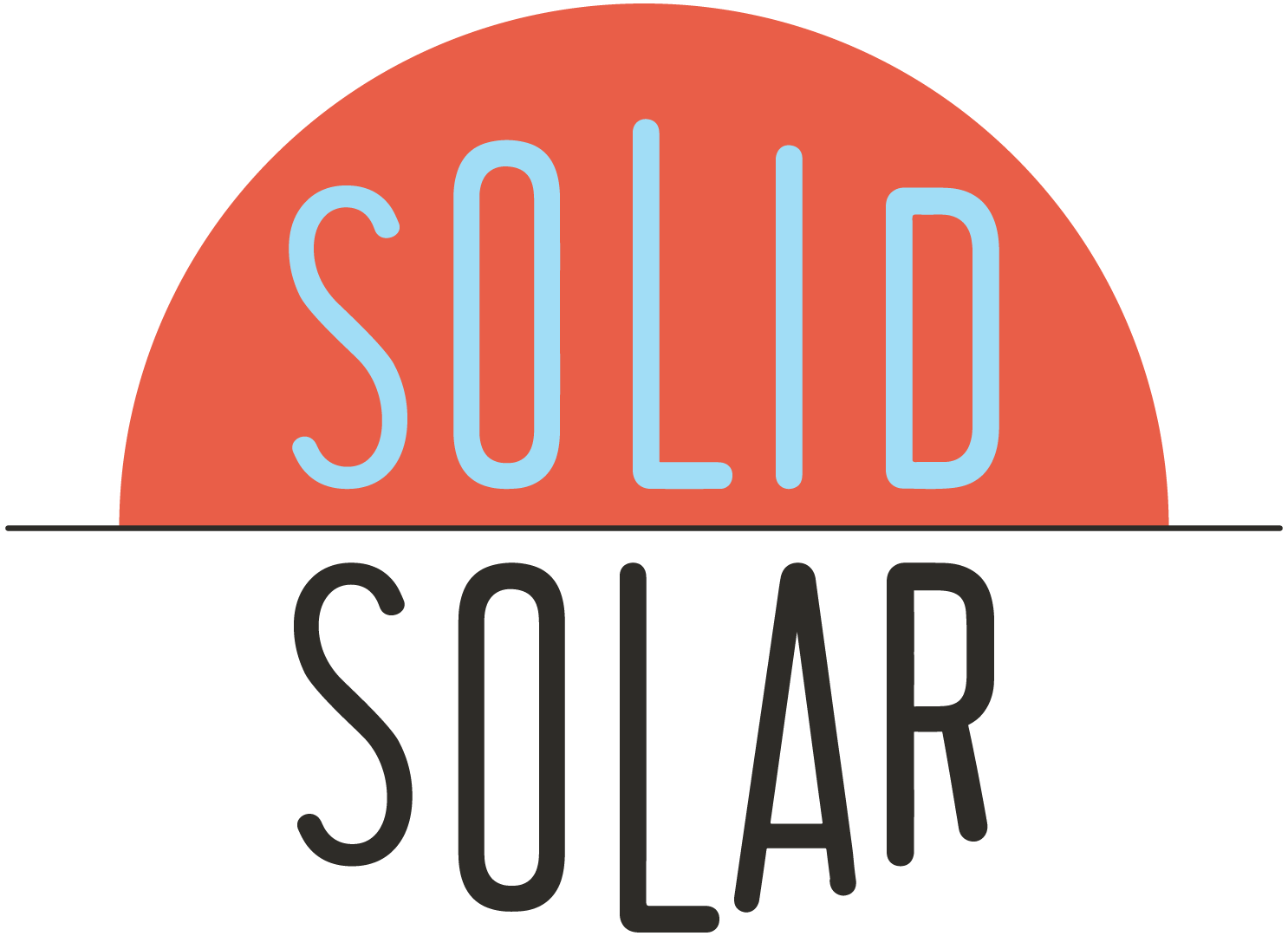When considering the switch to solar power, it’s important to make sure you’re getting the best system for your needs. In order for you to take this big step correctly, here’s a guide to help you understand the basics and make an informed decision.
1. Is your location solar energy friendly?
The first thing to consider when choosing a solar system is your location. Depending on the climate, solar energy production can vary greatly. If you live in a sunny area, such as the Southwest, you’ll be able to take advantage of longer hours of direct sunlight and more efficient solar energy production. On the other hand, if you live in a more temperate climate, you’ll need to take into account shorter hours of sunlight and adjust your solar system accordingly.
2. Solar System Size
The size and type of solar system you need will depend on your energy needs and goals. In the US, it can vary greatly depending on the size of your home and your energy needs. Generally, a typical residential solar system in the US is anywhere from 3.5kw to 8kw, with larger systems potentially reaching up to 20kw.
If you’re looking to simply offset your energy consumption, a smaller system may be sufficient. However, if you want to completely power your home or business, a larger system may be just the thing for you. It’s also important to look at the type of solar system you need. If you’re looking for a cost effective solution, you may want to consider a rooftop system. On the other hand, if you are more ambitious, a ground mount system is your go to, as it is a more energy efficient system.
You’ll also want to determine whether you’ll need a battery backup system in case of power outages, as well as a reliable installer. Finally, you should check if you qualify for any state or federal solar energy incentives. This takes us to the next point.
3. Solar Incentives
In the United States, there are a number of incentives available to help you switch to solar energy for your home. It is important to understand that solar incentives vary by state and local government. Depending on where you live, you may be eligible for tax credits, rebates, and other incentives that can help to offset the cost of the system and make solar power more affordable.
In addition to these incentives, you may also be able to take advantage of net metering, which allows you to sell excess energy back to the utility grid. What is more, many states offer solar leasing programs that allow you to lease solar panels rather than having to purchase them outright. Finally, if you are a homeowner, you may be eligible for loans and other financing options that can help make switching to solar more affordable.
4. Panel maintenance
The maintenance requirements for solar panels are relatively minimal, and most systems can be expected to function efficiently with just a few hours of maintenance per year. However, it’s important to keep an eye on your system and perform regular maintenance to ensure that it continues to operate at its best. This typically involves regular cleaning to remove dirt, dust, and other debris that can build up on the panels and reduce their ability to capture sunlight. In addition to cleaning, solar panel maintenance may also involve checking and replacing inverters, checking and tightening connections, inspecting wiring and cables, and monitoring the overall performance of the system.
In general, it’s a good idea to work with a professional solar installer or service provider to ensure that your solar panels are properly maintained and continue to produce electricity efficiently.
By taking the time to understand the basics of a solar system and considering the factors outlined above, you’ll be much better equipped to make an informed decision when it comes to choosing the right solar panel system for you. Never forget that in such a fast-paced world, things like solar incentives change constantly. With the right system and incentives, you’ll be able to take advantage of the many benefits of solar energy and make the switch to a cleaner, more sustainable source of power.
